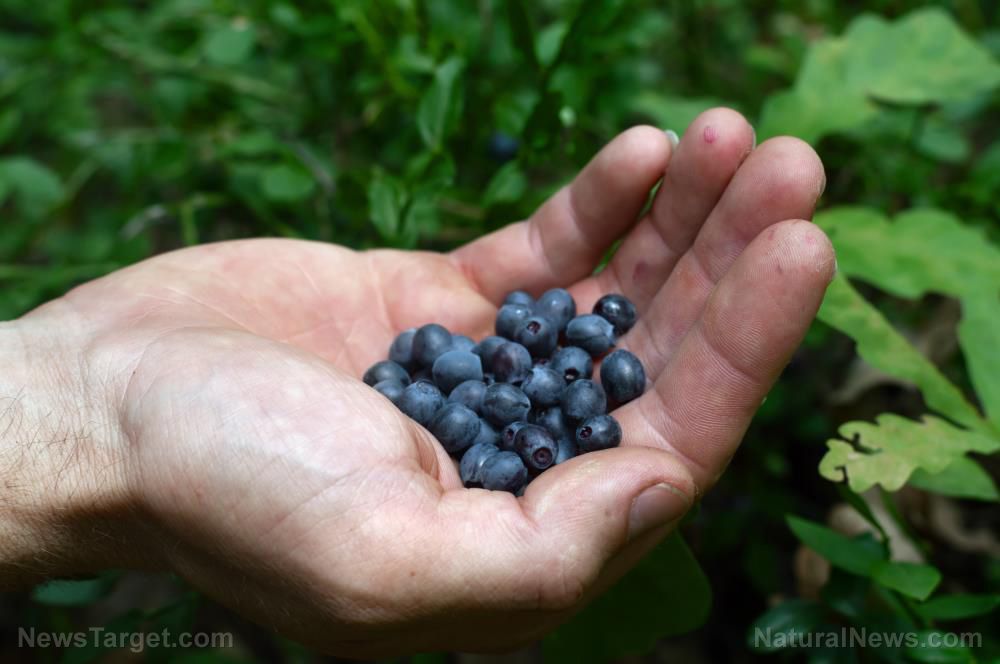
Advertisement
Keeping inflammation under control is the secret to managing rheumatoid arthritis (RA), a progressive disease marked by inflammation and pain. With RA, your immune system attacks healthy cells by mistake, especially cells in and around your joints, resulting in inflammation. If left unchecked, RA can be very disabling.
The good news is, scientists are now starting to examine the role of diet and nutrition in managing RA. A study presented at the American College of Rheumatology’s annual meeting in Atlanta in 2019 suggested that an anti-inflammatory diet helps improve symptoms of RA, such as joint pain and swelling, in two weeks.
Anti-inflammatory diet for RA
Inflammation gets a bad rap because of its association with a slew of diseases. But inflammation plays a crucial role in your body’s immune response to an infection or injury. It’s your body’s way of telling you that your white blood cells are working to fight a harmful microbe or working to heal and repair damaged cells.
But inflammation can sometimes persist for long periods. This is the kind of inflammation linked to RA. Called chronic inflammation, this inflammation can start damaging perfectly healthy cells and tissues. In the case of RA, chronic inflammation primarily attacks your joints for reasons scientists are still trying to understand.
Most arthritis clinics now have nutritionists to help people with arthritis use diet to their advantage. One of the things patients can do to manage their disease, for instance, is to cut back on foods that promote inflammation. But it’s only recently that scientists began looking into the possible benefits of an anti-inflammatory diet, a diet filled with anti-inflammatory foods, for people with RA.
For their study, researchers followed 17 women with an average age of 55 years for two weeks. They were asked to follow a diet with prebiotics, probiotics, anti-inflammatory spices like turmeric and foods with a healthy omega-3 fatty acid to omega-6 fatty acid ratio. The diet did not include gluten, lactose and red meat.
The researchers took participants’ baseline measurements prior to the dietary intervention. They also looked at disease severity and symptoms using standard methods of evaluating RA. In addition, they instructed participants to keep a daily diet log for assessing diet adherence.
The results showed that participants reported having fewer tender, swollen joints after just two weeks of eating the prescribed diet. They also reported feeling less fatigue, stress and stiffness in their joints. Overall, this shows that dietary modifications can make a significant difference when it comes to managing RA.
The next step now is to confirm and strengthen these findings with a longer, placebo-controlled trial. This may prove challenging especially when it comes to diet adherence, but the results of such a trial would be really important in understanding how exactly an anti-inflammatory diet works to improve symptoms of RA.
The RA diet: inflammation-busting foods
When experts say “anti-inflammatory foods,” they really mean foods with nutrients and compounds capable of lowering levels of inflammation inside your body. An anti-inflammatory diet is filled with such foods.
When you have a chronic, inflammatory disease like RA, management is your best “cure.” By adding foods that lower inflammation to your diet, you can minimize your chances of experiencing flare-ups of joint pain.
Add more of these foods to your diet if you have RA:
- Fish – Fish, especially fatty ones, are good sources of omega-3 fatty acids. These healthy fats can lower levels of two inflammatory proteins: C-reactive protein (CRP) and interleukin-6 (IL-6). Experts recommend eating three to four ounces (oz) of fish twice a week, but more is better.
- Nuts and seeds – Nuts and seeds are full of monounsaturated fats, which help combat inflammation. Eat at least 1.5 oz of nuts every day. One ounce is about a handful.
- Fruits and vegetables – Fruits and vegetables are filled with antioxidants. For instance, citrus fruits are rich in vitamin C, while berries contain anthocyanins. These antioxidants protect your cells from damage and inflammation. Eat nine or more servings of fresh fruits and vegetables every day.
- Olive oil – One of the healthiest oils around, olive oil is chock-full of monounsaturated fats. It’s also rich in oleocanthal, a compound with properties similar to conventional anti-inflammatory drugs. Use at least two to three tablespoons of olive oil in your dishes every day.
- Beans – Red beans, pinto beans and black beans are loaded with fiber and phytonutrients, which reduce levels of CRP in your blood. Eat at least one cup of beans twice a week.
- Whole grains – Brown rice, bulgur and rolled oats are great sources of fiber. Research shows that fiber-rich foods can lower blood levels of CRP. Eat at least six oz of whole grains every day.
RA is a chronic, often painful condition that can be very disabling if left unchecked. Thankfully, you can reduce its symptoms and keep it under control by adopting an anti-inflammatory diet.
Sources:
Advertisements







